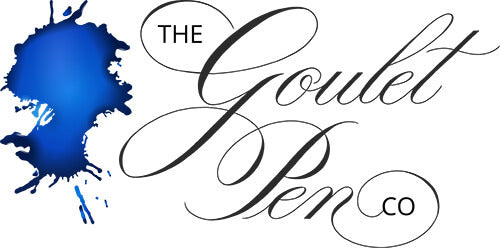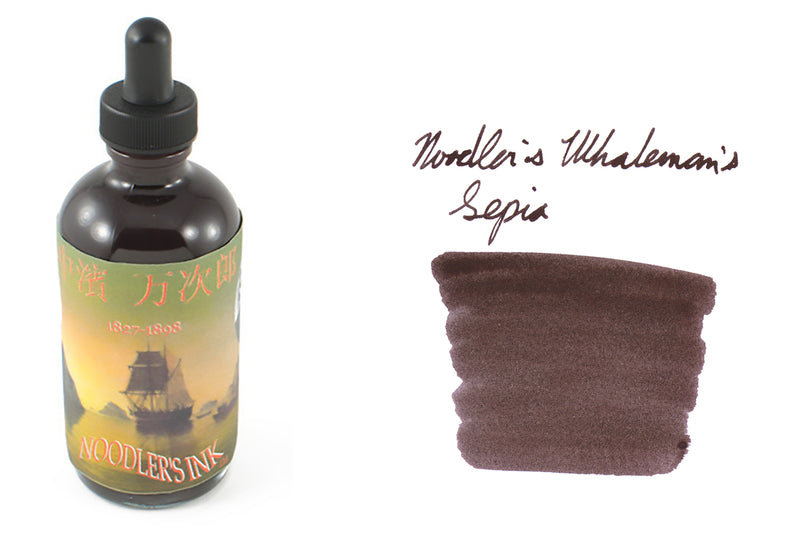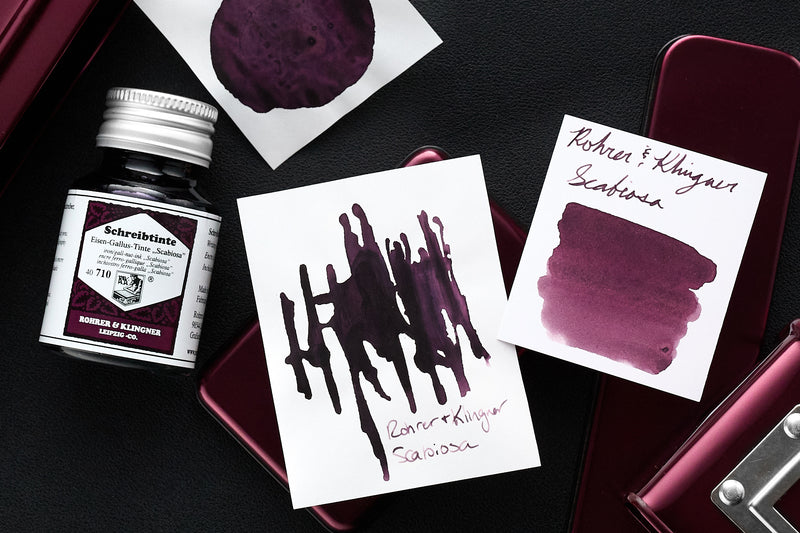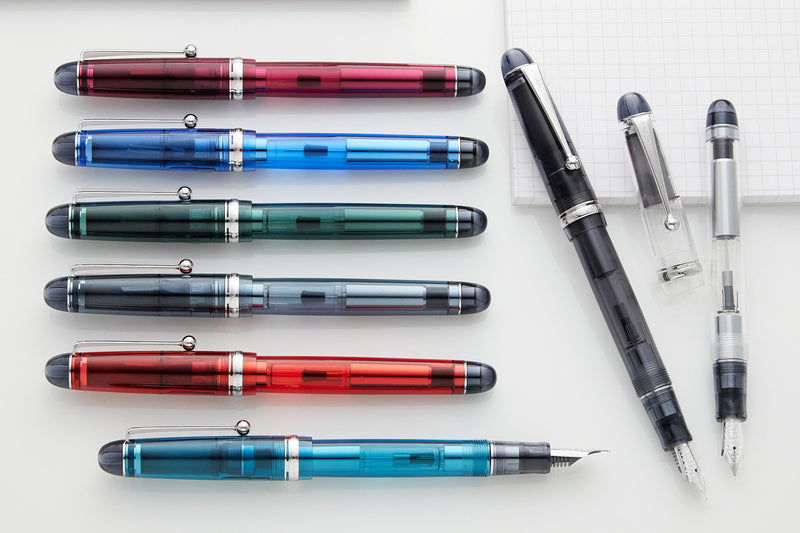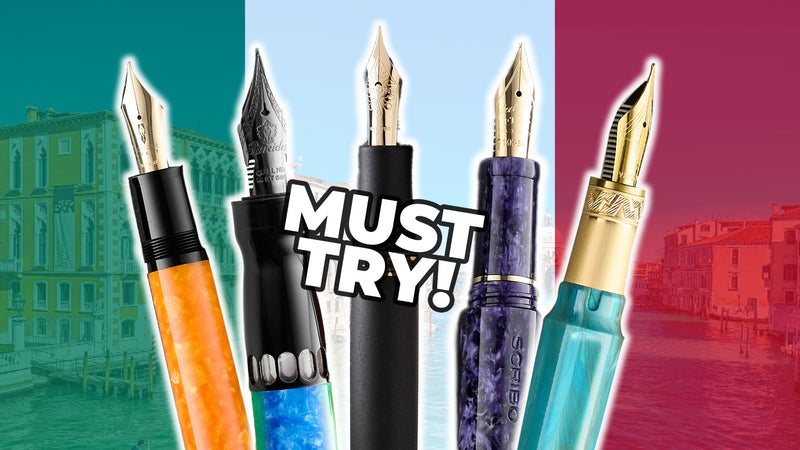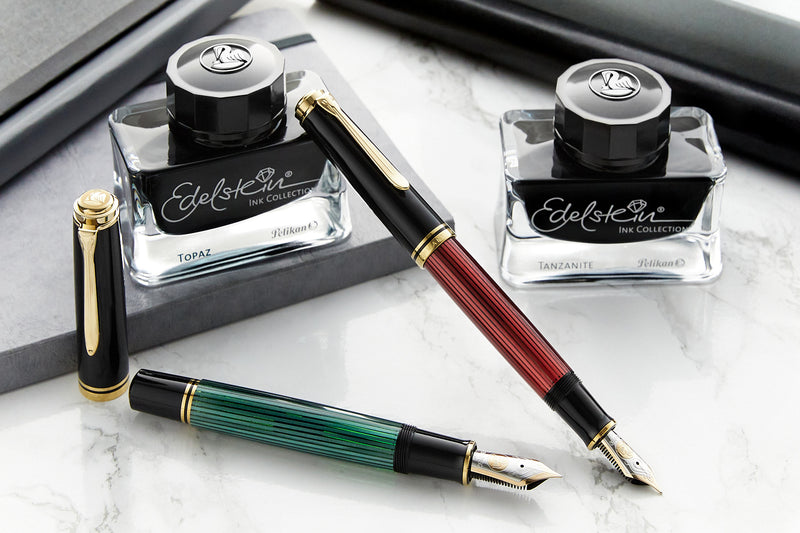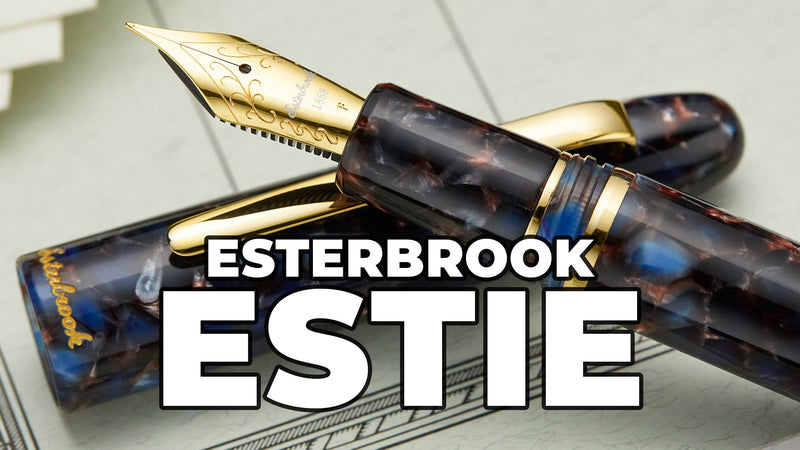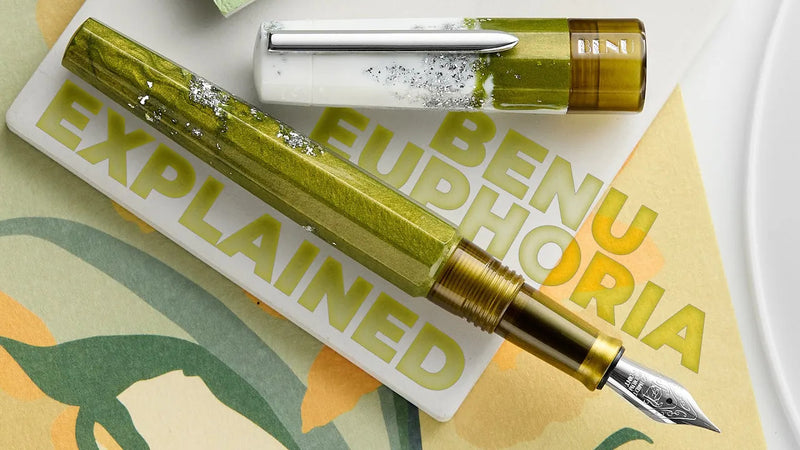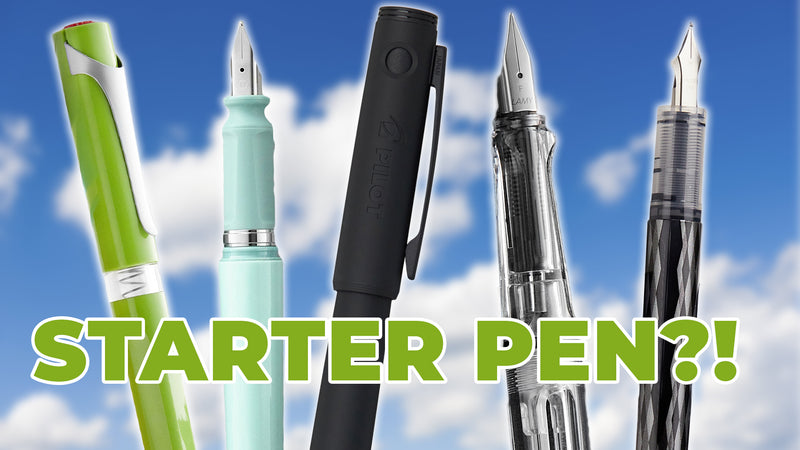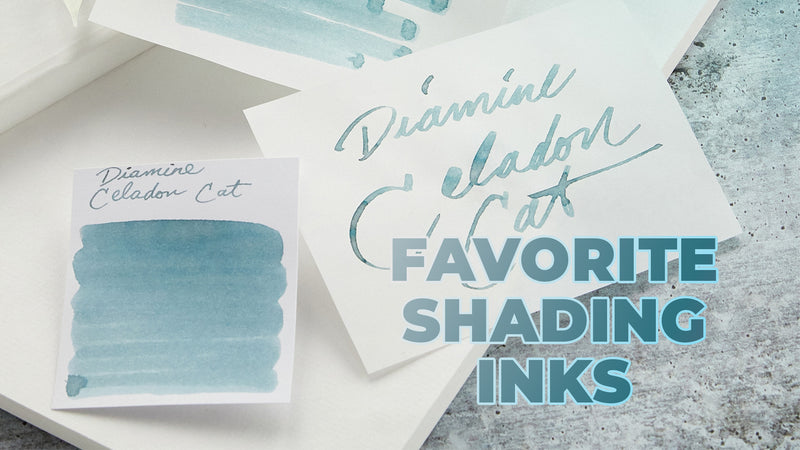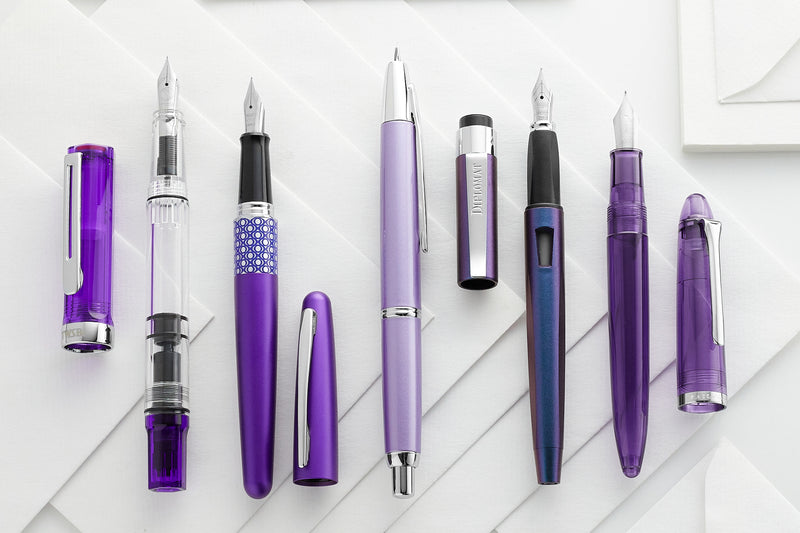The Noodler's Ink Company is located just south of the former home of Manjiro Nakahama in Fairhaven, Massachusetts - a town that once was a part of "Old Dartmouth". Dartmouth is the home of Noodler's Ink, and the founder of the company is a member of the Society of Friends - with extensive hereditary ties to the Yankee Whaling Industry that Manjiro knew so well.
The ink is modeled upon whaler's logbook ink of the 1840s. It is a durable deep sepia brown - yet is highly unusual in one respect: it is a security ink that can be tested as genuine with an application of common bleach once dry upon the paper. It will turn brown sepia to red - and if the bleach is strong enough the color changes further still from red to royal purple. These colors were designed for their symbolic value: sepia brown from 1840s whalemen's ink, red for the color of the Japanese national flag, and purple in honor of Emperor Meiji - for his reasoning affected by Manjiro Nakahama.
From the founder of Noodler's Ink concerning the ink design:
What are the sources for determining a whalemen's sepia? There has been mention that sepia is an iron gal based ink. This is completely incorrect. Sepia by definition is based upon a natural, non-synthetic ink in particular cuttlefish and squid ink. Cuttlefish ink makes a classic sepia - dating back to ancient Mediterranean cultures. Whalemen's sepia is different. The Old Dartmouth Historical Society runs the New Bedford Whaling museum - which contains innumerable historical documents written by 19th century whalers. You can see them in person today, but one cannot do much more than that (no chemical analysis for instance).
My source is more personal - that source being my great uncle Reginald Hegarty - who served upon whaleships and whose father was a whale ship captain. Hereditary ties to whaling are extensive, but Great Uncle Reginald is the best source I could hope to have for such an endeavor as the replication of whalemen's logbook ink. A Google search shows who my great uncle was and why his writings and other passed-on information are good sources in the quest to replicate whaler's logbook ink.
Whaling voyages went to the far ends of the earth, and ink from the port of New Bedford would inevitably run out. Quakers, being frugal with any and all capital risked in a whaling endeavor, found a source of ink that abounded any ship in hunt for the whale (particularly the sperm whale) the whale's food: the giant squid. Bits of squid were common - including ink sacs in tact and are able to be refined, filtered through gauze or burlap. Thus, a few preservatives, one had whalemen's logbook ink at little to no added cost to the budget of the voyage.
- Condition
- New
- Brand
- Noodler's
- Type
- Bottled Ink
- Color
- Brown
- Bottle Material
- Glass
- Bottle Opening Diameter
- 14.3mm (0.56in)
- Fast Drying
- No
- Fluorescent
- Yes
- Shimmer
Whether or not the ink contains glittery particles.
- No
- Freeze Resistant
Whether or not an ink is specially formulated to better withstand freezing temperatures.
- No
- Volume
- 4.5oz
- Iron Gall
Ink made from iron salts and tannic acids. Though quite permanent and waterproof, these inks are typically known for causing chemical corrosion to metal pen parts (especially the nib) and should be used sparingly or with less-valuable pens.
- No
- Lubricated
Whether or not an ink is specially formulated to increase flow in your pen.
- No
- Pigmented
Whether or not the ink contains finely-ground solid particles in liquid suspension.
- No
- Scented
- No
- Water Resistant
Whether or not the ink, once dried on the paper, will resist being washed away with water.
- Yes
FAQs about Bottled Ink
Which pens can accept this ink?
Any of these fountain pens will work with bottled ink. Typically, as long as the pen can be filled with a converter, has a built-in filling mechanism like a piston, or can be eyedropper-filled, it can accept bottled ink.
What is shading, sheening, or shimmering ink?
Shading - A common (and often desired) result of a fountain pen ink pooling in certain parts of a letter when writing, so that the color and saturation of the ink appears different within a single letter or word. This characteristic cannot be achieved with ballpoint or rollerball pens and is a very appealing aspect of fountain pen use for those particularly drawn to all the pretty ink colors.
Sheen - Characteristic of a fountain pen ink where when ink pools another color can be seen on top of the ink, especially when looked at in different light angles using certain paper types. There is no way to guarantee an ink will sheen, but using a larger nib on a pen will help obtain sheening results in your writing.
Shimmering - Fountain pen ink that has small particles of glitter mixed in.
Is shimmering ink safe to use in fountain pens?
Yes! Shimmering ink is a great way to add some flare to your writing. We have found that a larger nib will showcase more shimmering particles while writing, but you can use any nib size and shimmering ink. All the ink we sell is safe for use in fountain pens.
You can learn more in our blog: How to Write with Shimmering Ink.
My ink smells funny, is it safe to use?
Generally yes! Ink does not smell good- it usually has a chemical smell, along with other scents such as sulfur, rubber, chemicals or even paint. However, as long as you’re not seeing anything floating in the ink, it should be safe to use.
It’s cold and my ink froze; is it safe to use?
Yes, frozen ink will not hurt your pen (after it’s thawed of course!) The issue with ink freezing is primarily a concern because certain glass bottles could break as the water-based ink expands, and then you’d have a mess!
What is your return policy for bottled ink?
We do not accept returns for ink that has been used. Otherwise, we accept returns on unused ink products for up to 30 days from purchase. You can read all our Return Policies here.
To initiate a return, please submit a request at the Return Portal. Our Customer Care team might reach out to you for more information.
